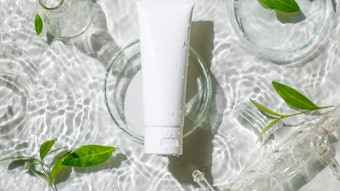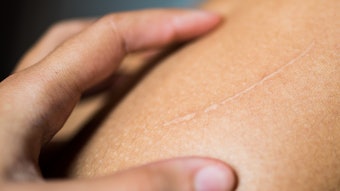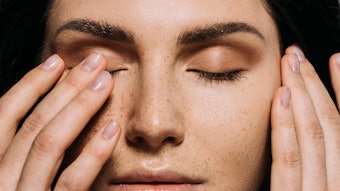Plants such as feverfew and licorice have anti-inflammatory characteristics and may be used in lieu of topical steroid creams to treat sensitive skin and moderate atopic dermatitis, according to Jessica Wu, MD, a Los Angeles-based dermatologist and previous consultant for Johnson & Johnson (J&J) who specializes in Chinese medicine.
In a report by Dermatology Times, Wu notes that only in recent years have scientists begun to test and hold these botanicals to the same rigorous standards as synthetic pharmaceuticals. While botanical formulations can be used to treat moderate cases of dermatitis, she finds that severe cases should still be treated with topical corticosteroids.
Feverfew, according to Wu, has a well-documented anti-inflammatory effect. While she notes that pure feverfew can cause dermatitis due to its highly irritating compound parthenolide, the parthenolide-free extract developed by J&J for its Aveeno Ultra Calming products, Feverfew PFE, was shown in a study featured in Cutis to inhibit TNF-alpha, IL-2, IL-4 and IFN-gamma. After comparing the ingredient's TNF-alpha inhibition to 12 other botanicals, J&J reported the extract to be 35 times more powerful than green tea. In addition, patients treated with the extract showed less redness, blotchiness, dryness and tightness.
Glycyrrhiza glabra and Glycyrrhiza inflata are two types of licorice that also harbor anti-irritant and anti-inflammatory properties. Wu adds that licochalcone A from the root extract of the G. inflata has been shown to inhibit pro-inflammatory cytokines, eicosanoids and reactive oxygen species in a number of human skin cells.
While the use of feverfew for medicinal benefits and licorice in other personal care applications is not new, new processes and research such as that described reveals there may be more to these materials than a mere desire for "botanical" or "natural" on a product label.









